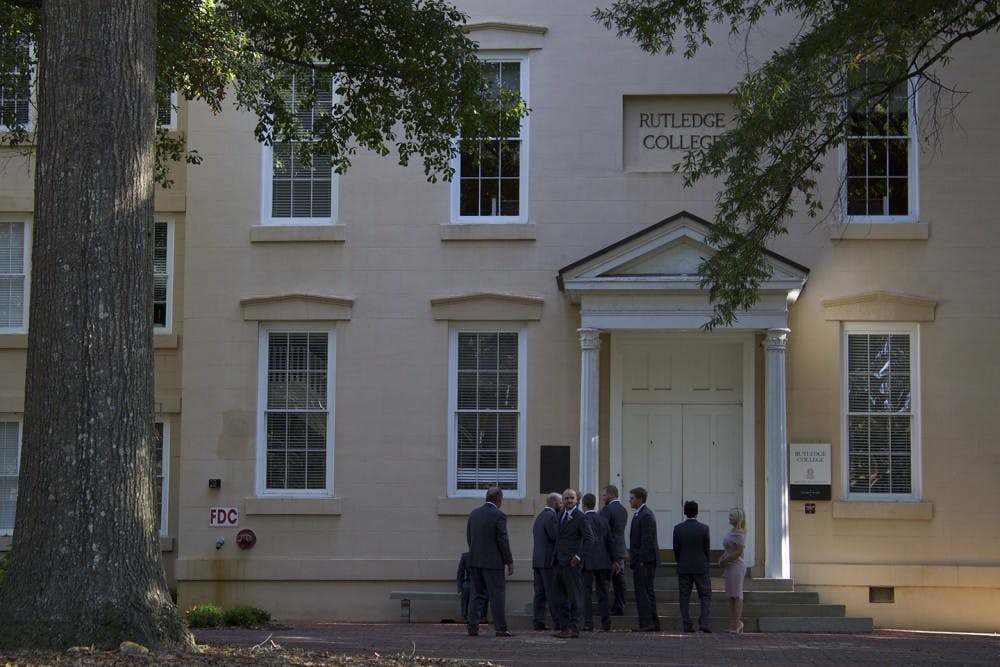One of the richest histories in USC lies in the Rutledge Chapel. The building, constructed in 1805, is the original building for the University of South Carolina and is named after John and Edward Rutledge.
Both men were heavily involved in the creation of USC and were governors of South Carolina, elected in 1779 and 1798, respectively. Edward was a signer of the Declaration of Independence.
Used by only nine students and two faculty members, Rutledge was originally a dormitory, chapel, laboratory, library and of course, a classroom.
Branching out from this building, the historic Horseshoe formed over the course of the 19th century. As time moved on, so did Rutledge. Entering into the 1810s, USC was picking up speed as a college, and in turn, Rutledge was converted from its former uses into student housing.
Rutledge has been through a lot since its creation in 1805. This includes an earthquake, two fires, multiple renovations and even a Civil War. In 1855, it was a fire in Rutledge that destroyed the building's interior and led to the university's succumbing to the pressures of Civil War upheaval, shutting down until Reconstruction.
Just after the Civil War, Rutledge was re-opened and was immediately put to use as a federal building. During this time, it housed the Postal Service, the South Carolina House of Representatives, the state treasury and federal military officers.
In the modern era, Rutledge has gone through more renovations. In 1969, USC had a pipe organ built and installed in the chapel. This pipe organ was built specifically for the balconies in Rutledge and now plays regularly in chapel services. It is also used as a training instrument for students in the music school wishing to learn the organ. The most recent renovations were completed last year.
Rutledge now serves two main purposes. Its primary use is as student housing, giving 47 students a place to live every year. Its also regularly hosts chapel services and wedding ceremonies.

